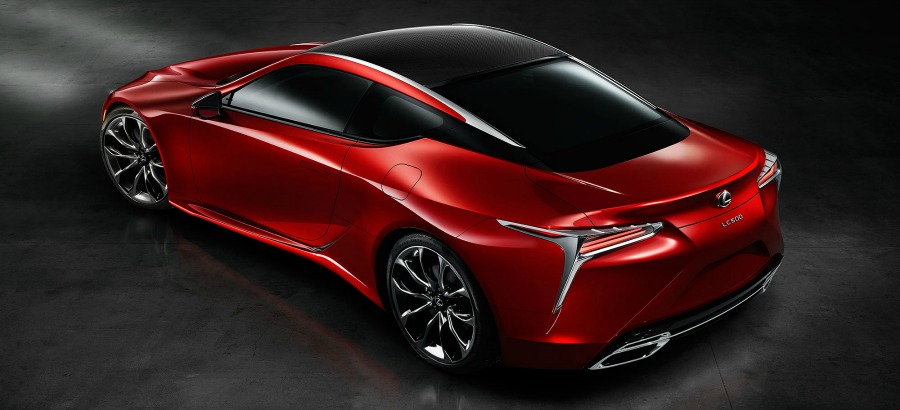Lexus Luxurious Design Philosophy

The Lexus automotive plants are globally renowned for their advanced technology, innovative processes, and high quality output. Lexus has also, however, become famous for hand craftsmanship, a discipline that goes to the deepest roots of Japanese culture.
Starting with the original LS 400, Lexus has continually reinvented automotive luxury by bringing seemingly incompatible ideas into harmonious coexistence. This philosophy of “yet” permeates Lexus, from the way a single component is engineered to the way the automobile performs on the road.
For example: Lexus indulges your desire for comfort and pleasure yet lives up to your high expectations for social and ecological responsibility. Lexus brings you an exhilarating driving experience yet attains excellent fuel efficiency.
In this way, the idea of “yet” lives at the heart of Lexus’s uncompromising approach to luxury – so you can enjoy a refined blend of high performance and environmental sustainability, one that is inspiring and also brings peace of mind. As Simon Humphries, Group Manager of the Global Design Management Division, says, “The core of the Lexus design philosophy is to be technologically advanced yet humanized, to create striking design but still be artistic yet unpretentious.”
It started a few years ago with the introduction of ten Takumi – or master craftsmen – at Lexus’s Tahara plant, where the LS flagship, along with other models, is made.
The Takumi – an ancient Japanese word that roughly translates as “artisan” – are highly respected across the entire auto industry. They are tasked with personally ensuring, by hand and eye, that the cars coming out of Tahara are built and finished to unprecedented standards. Their skills have even been digitized and programmed into many of the robotic functions, raising precision standards to new heights across the board.
This development also means that the Takumi’s talents are highly transferable in mechanical form to other plants. Lexus’s Kyushu factory, where the RX is built, is one site that is benefiting in this way, while additionally developing its own elite group of technicians.
Each of the ten Takumi at Tahara applies his skills in a dedicated area.
The Takumi in charge of the engine selects a sample engine and checks the condition of each part to micron level to ensure the correct sound resonance required for each model. He also personally starts every assembled engine and listens to its inner workings with a stethoscope to detect variations in sound.
In the paint bay, a master craftsman who specializes in paint application – including the fine art of wet polishing by hand to create a mirror finish – inspects the exterior finish in a range of unique lighting conditions. He uses a special lighting tunnel to examine surface flow over the entire body, comparing it with the theoretical ideals of the team’s CAD (Computer Aided Design) images. The result is a surface free of even the tiniest imperfections.
There is also a Takumi responsible for vehicle dynamics. Having perhaps the most enviable job, he test drives pre-production and production Lexus models, prototypes, and competitors’ cars, constantly analyzing and giving feedback with ideas for refinements. This ensures the optimum in areas including ride, handling, and sound.
There is, of course, much more to the Lexus philosophy – and the key word is finesse. Nowhere is the idea of “yet” more important in the Lexus design philosophy than in the concept of L-finesse. The Lexus definition of “L-finesse” is “leading edge design and technology applied with finesse.” As Naoaki Nunogaki, General Manager of the Tokyo Design Division, says, “These two finely balanced concepts are central to our design philosophy and inherent in every one of our automobiles.”
Stop by Lexus of Highland Park to see for yourself what L-finesse looks and feels like.